This post has been brought to you by Horizon de Bichot. All opinions expressed are my own. The following message is intended for those 21+. Please enjoy responsibly.
Today we’re featuring a 2020 Burgundy Chardonnay, that comes to us courtesy of Horizon de Bichot. As always, we’ll be talking a little about the region itself before tasting the wine. After that, I’ll be closing with some food pairings to help you really get the most out of today’s bottle.
Now, without further delay, let’s get tasting.
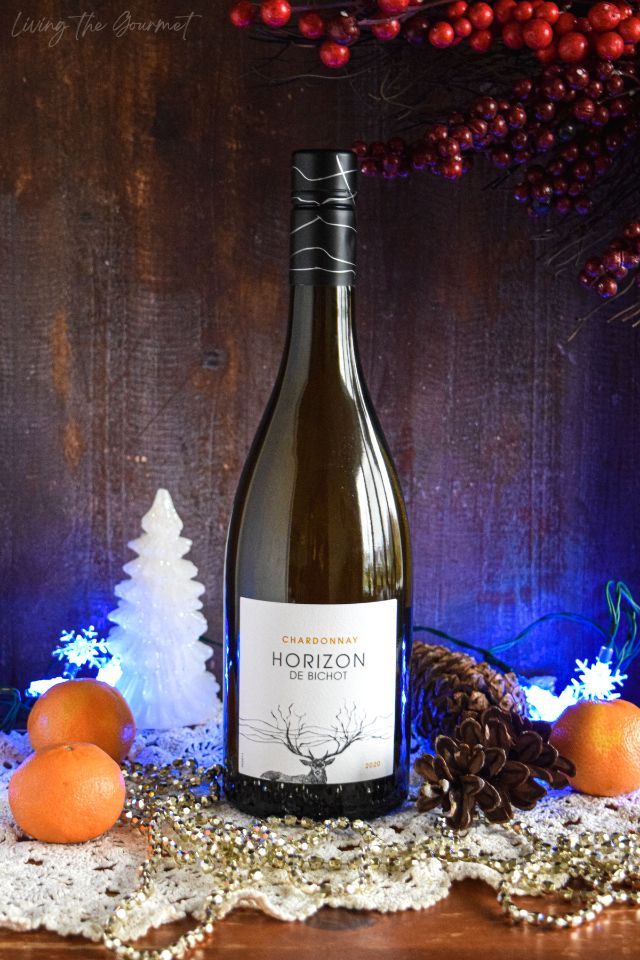
The Where – Burgundy, France
Though of diminutive size, Burgundy is arguable the most influential wine region within France – itself the most prestigious and influential nation within the world of wine. And for good reason.
Let’s discuss.
To start, it is true that Bordeaux produces about four times as much wine as does Burgundy. It is also true that some of the most world-renowned wines come from Bordeaux, and that Bordeaux-style blends are produced in virtually every nation where the requisite grapes for those blends are grown. However, it is also true that Burgundy’s vineyards produce what are inarguably some of the most exclusive wines anywhere in the world.
The heartland of Burgundy is the Cote d’Or (translating literally as ‘The Golden Slope’ or ‘The Slope of Gold’) – and is typically the area people are talking about when they say “Burgundy.” Village-level wines dominate this escarpment, generally as generic-labeled Bourgogne wines. However, moving up the slope, we see Premier Crus at the top, along with premier and grand crus along the middle and upper middle of the slope.

Valleys, large and small, break up the cote in roughly checkerboard fashion. These areas see a variety of diverse vineyards and microclimates. The areas are distinct enough to differentiate the wines produced in each, though they all remain part of The Golden Slope.
The Cote d’Or itself is further divided into the areas of Cote de Beaune and Cote de Nuits. Both areas are named for their towns. The division is (almost) purely a matter of bureaucracy, rather than one of terroir. Still, those looking to ‘have the appearance of the sommelier’ will ask if one prefers the wines of Nuits or Beaune. Don’t fall for it, and reply instead that you “Prefer those bottles marked with the reddest of tape.”
Both Nuits and Beaune are dominated by the production of pinot noir and chardonnay, with Beaune being home to world-renowned regions such as Meursault and Chassagne-Montrachet. Though Nuits is typically the reserve of pinot noir, it features a number of noteworthy chardonnays.
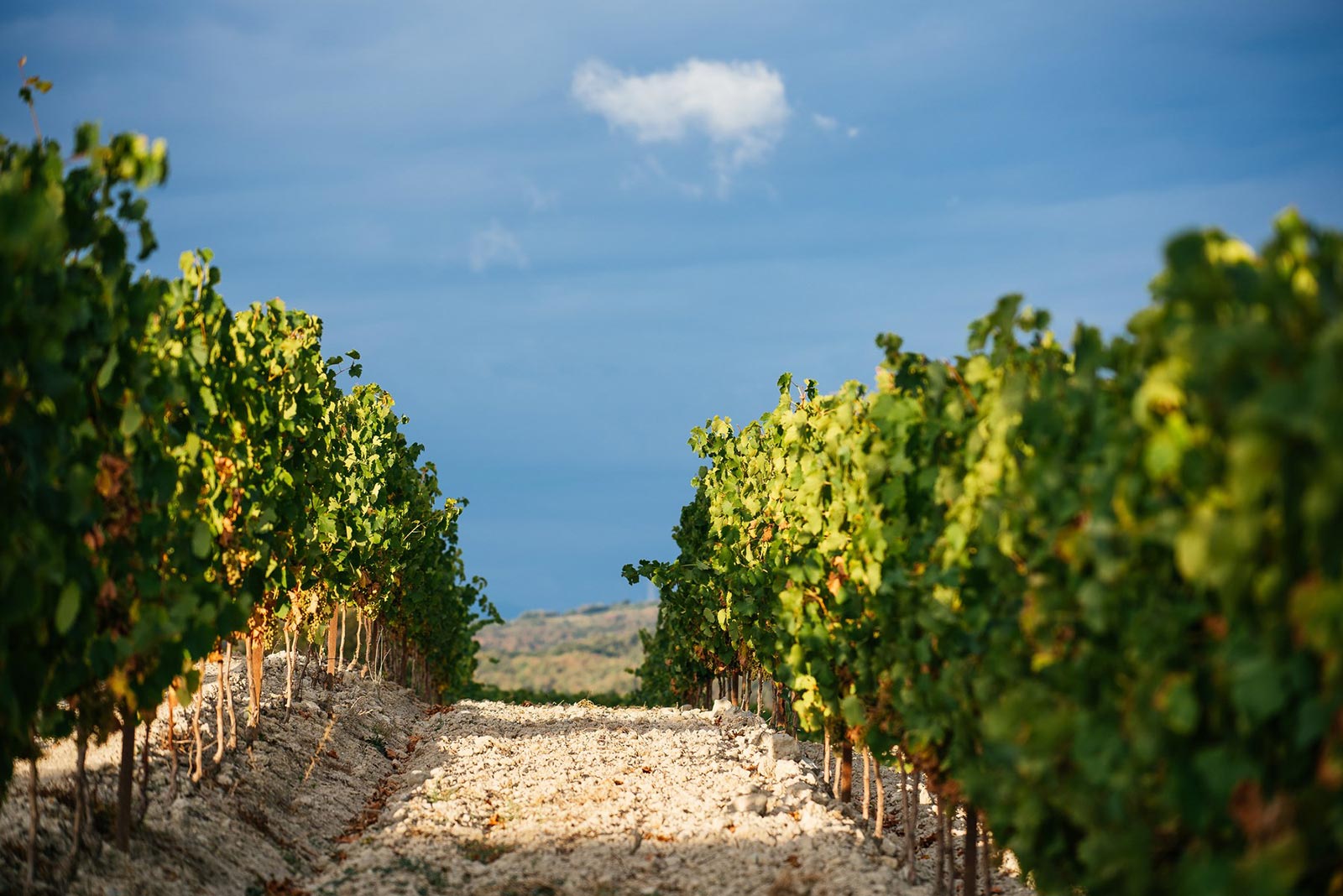
South of Beaune is the Cote Challonaise. Roughly a quarter of the area’s production goes the the generic Bourgogne Cote Chalonnaise and Bourgogne Cote due Couchois labels. Here again, the area is predominantly given to pinot noir and chardonnay.
Still further south is the Maconnais. Once again, the area is named for its primary town – Macon, to the west of which are most of the vineyards. Here, pinot noir is replaced by Gamay, though Chardonnay, and chardonnay-based blends are the order of the day.
Burgundy’s Grand and Premier Cru Chardonnays, however, are planted primarily in Chablis, north of Beaujolais (yes, that Beaujolais). The area is sometimes regarded as a region distinct from Burgundy, due to the steely and mineral nature of the chardonnays produced here.
To summarize, pinot noir and chardonnay are the primary grapes of Burgundy. Gamay, as mentioned earlier, is used in the red blends and rose wines of Macon. However, the standout Chardonnays are from Chablis, whose chardonnay-based wines are unique blends of Sauvignon Blanc and Pinot Blanc.
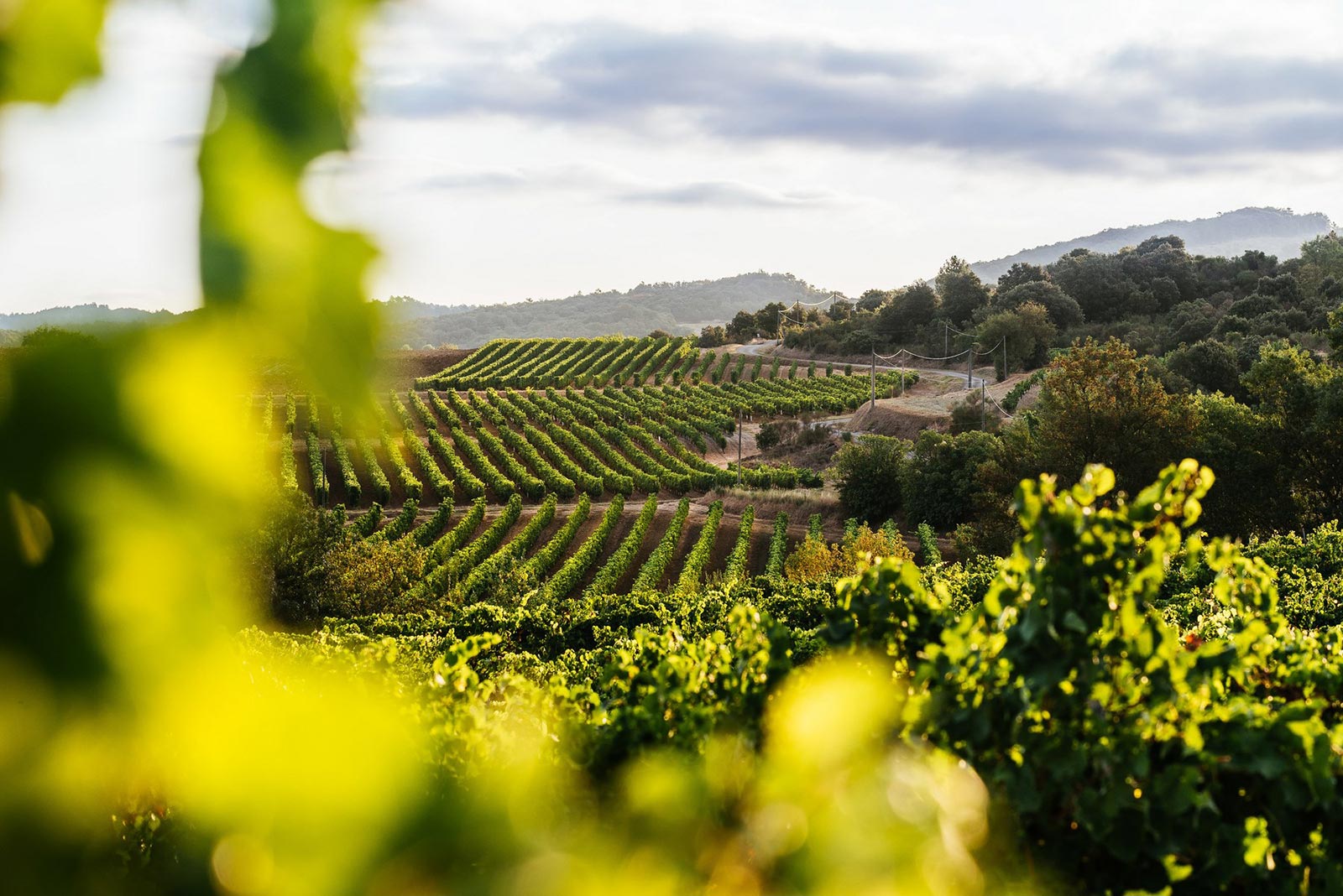
The Bottles – A Showcase
Today, we’re featuring a 2020 Chardonnay from Horizon de Bichot:
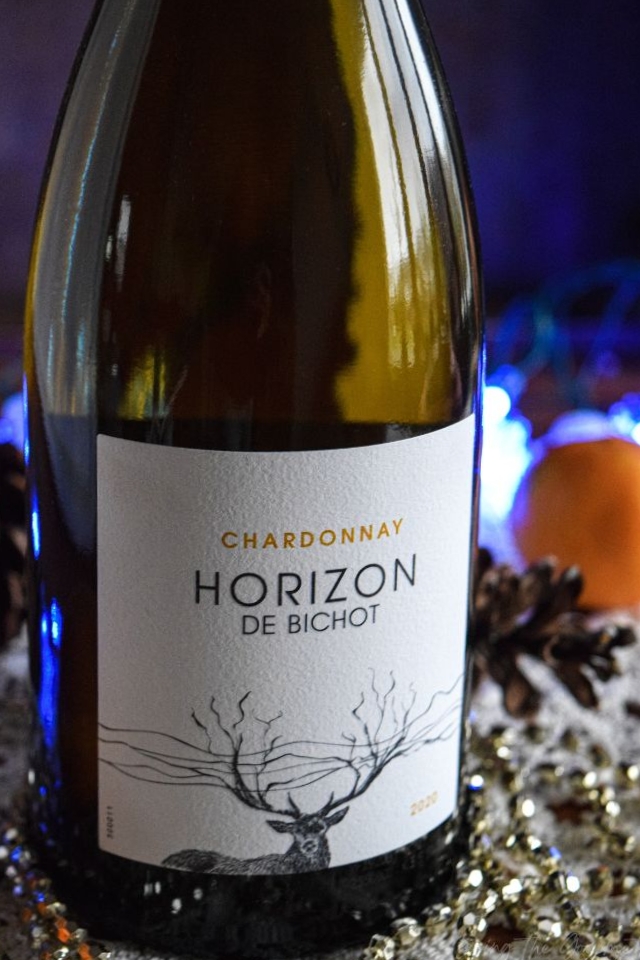
Tasting and Aromatics – The Review
The chardonnay opens with bright and lively citrus off the top of the glass. Think fresh lemon zest and apricot. A delightful mix of guava and passionfruit manifest on second sampling. On the palate, the wine is dry with decent acidity, and features notes of pineapple and ripe pear. A very enjoyable chardonnay from start to finish.

What to Eat – The Pairings
In truth, the ‘cliché’ chardonnay pairings are ‘cliché’ for a reason – they make the chardonnay taste even better, while the chardonnay works to accentuate the food.
Today’s chardonnay is no different, and that’s ‘not’ a bad thing.
So, what does that mean? That means delicate white bodied fish, lightly pan grilled with olive oil and herbs. An ideal pairing would flounder fillets stuffed with seasoned breadcrumbs and roasted garlic, and set over a bed of warmed baby spinach. Light starters are also a way to go, and that means antipasto boards piled with things like marinated cheese, toasted nuts, and light seafood starters. For an example, see the charcuterie board I put together.
And that's my take on Horizon's 2020 Chardonnay. I hope you enjoyed this review. If you tried Horizon's 2020 Chardonnay, or any of the pairings I suggested, let me know in the comments below. I love hearing from you.
Also, if you have any suggestions for future wine reviews, or would like to hear my take on a particular wine region, let me know!
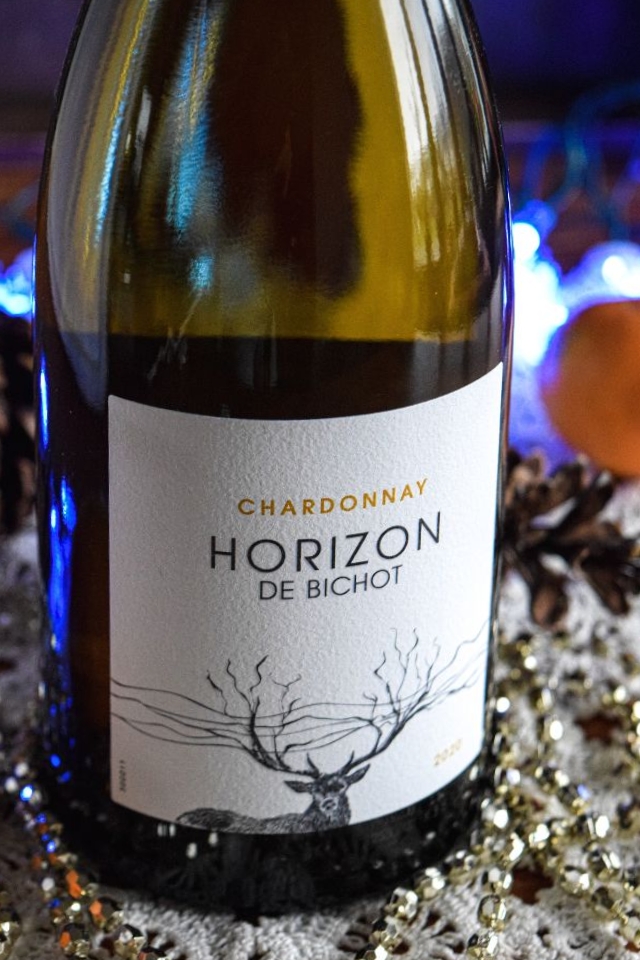

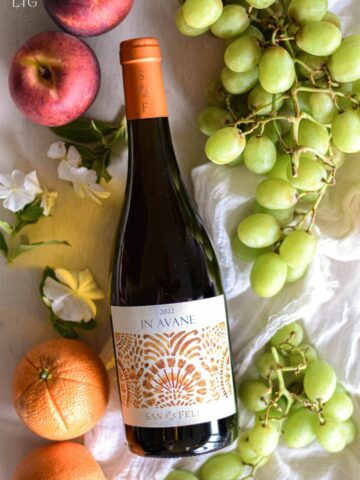
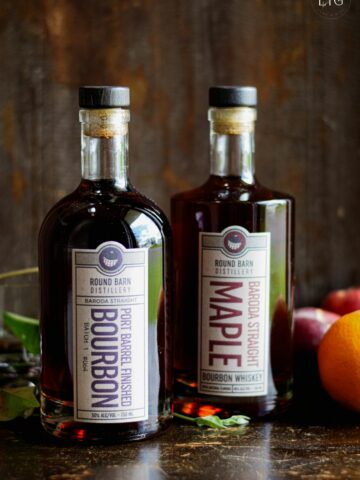

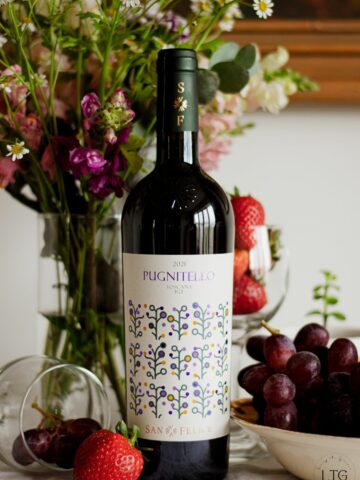
Beth says
I love wine during the holidays. It just makes things feels so much more cozy.
Leanne Wong says
I love that you included pairings. So many people think pairings is something that wine makers made up to be fancy, but it's not at all!
briannemanzb says
The mix of guava and passionfruit sounds great to me. I love having wine in the holidays! It makes the holidays more joyful.
Samantha Donnelly says
Thank you for this, I still have to get my wine gifts and not started looking properly yet.
Rhian Westbury says
Some lovely sounding food pairings. It's always nice to have the right wine pairing to go with food x
Glass Mosaic Tiles says
I love trying new wines, Horizon de bichot seems so so good. I can't wait to try it out.
Jasmine Martin says
I am just getting into wine and I would love to try this out. It sounds like it would be a pretty tasty wine to drink.